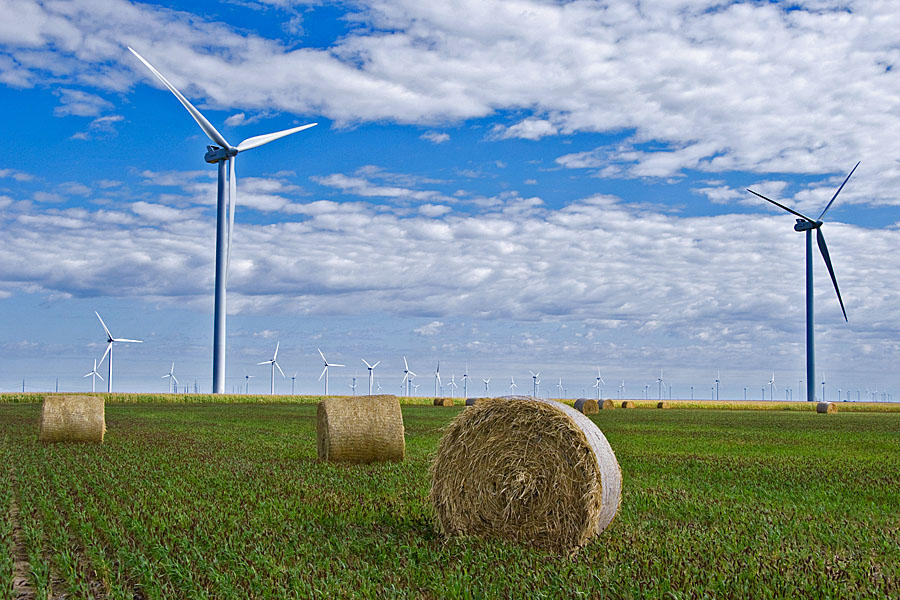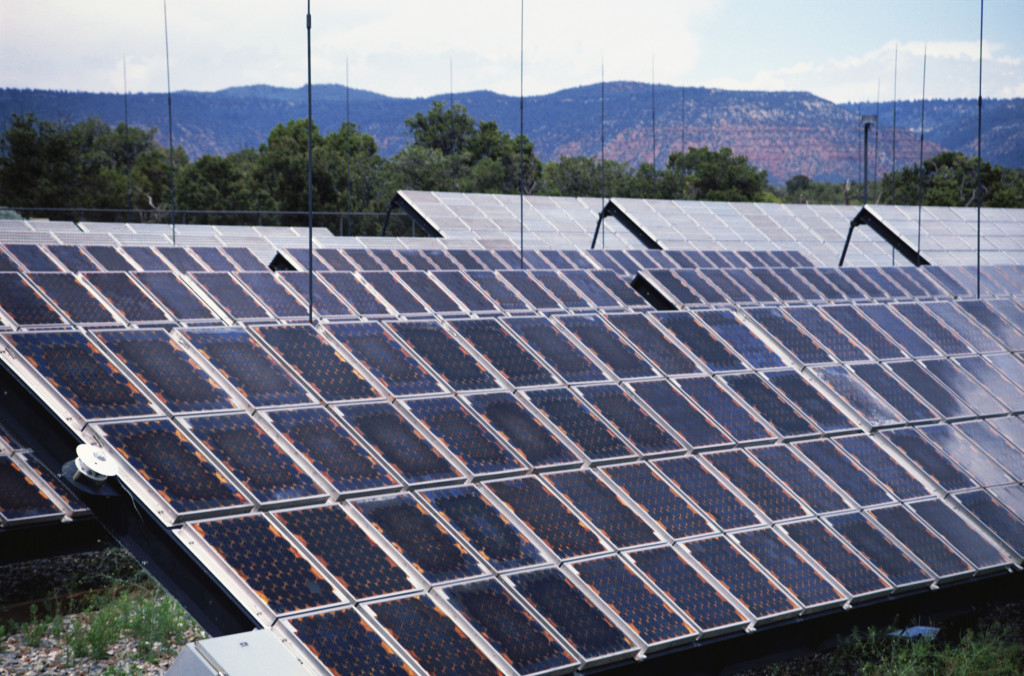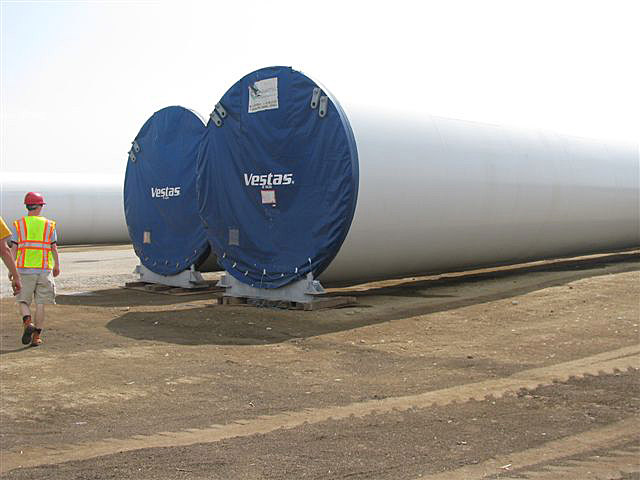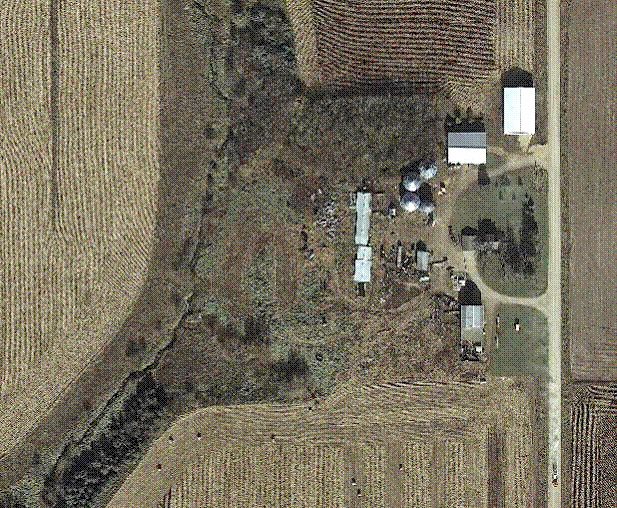Extended Wind, Solar Incentives Pose Opportunities
 The extension of federal tax incentives for wind and solar projects – part of the budget passed by Congress in late 2015 – may have developers, businesses, and homeowners taking a closer look at solar and wind projects in the next few years. These complex projects require a wide range of services and rapid, responsive mobilization to sites around the nation.
The extension of federal tax incentives for wind and solar projects – part of the budget passed by Congress in late 2015 – may have developers, businesses, and homeowners taking a closer look at solar and wind projects in the next few years. These complex projects require a wide range of services and rapid, responsive mobilization to sites around the nation.
But before we cover the details of executing these projects, here is a quick look at what changed with the federal budget approved in December, according to Bloomberg Business: The 30% solar investment tax credit that was set to expire this year has been extended in full through 2019 before tapering to a 10% credit in 2022. The wind credit had expired at the end of 2014, and the extension will be retroactively applied from the start of 2015 through 2019. The 2.3-cent-per-kilowatt-hour production tax credit for wind is extended in full through 2016 and then declines annually through 2019.
Utility Scale Solar: Here are some staggering statistics from Greentech Media Research and the Solar Energy Industries:
- Through the first three quarters of 2015, 30% of all new electric generating capacity brought on-line in the United States came from solar.
- Totaling 18.7 GWdc, the current utility photovoltaic development pipeline is greater than all U.S. PV installations brought on-line through the end of 2014.
 Greentech Media Research expects the fourth quarter of 2015 will end up being the largest quarter for solar installations in U.S. history. Led by the utility-scale segment, the United States will install more than 3 GW, and cumulative solar installations will nearly double between December 2015 and the end of 2016, bringing the nationwide total to 41 GW, it says.
Greentech Media Research expects the fourth quarter of 2015 will end up being the largest quarter for solar installations in U.S. history. Led by the utility-scale segment, the United States will install more than 3 GW, and cumulative solar installations will nearly double between December 2015 and the end of 2016, bringing the nationwide total to 41 GW, it says.
- Besides designing the actual solar power plant, here are some of the many details clients need to check off their list before they can power up all these gigawatts:
- Wetland delineation/determination
- Topographic survey
- Preliminary site layout, including construction staging area, access roads, and stormwater
- Grading plan
- Stormwater and erosion plan and permitting assistance
- Traffic management plan
- Permitting associated with construction, such as conditional zoning use, grading permits, haul permits, dust permits, and stormwater pollution prevention plans
- Perimeter security fencing and access gate layout
Construction tasks including shop drawing review, on-site construction liaison, and as-built record drawings
Ayres Associates takes care of this whole list under one roof and has the energy industry experience that allows for quick deployment to get these survey, environmental, and design tasks checked off the list fast.
By evaluating the existing terrain, money can be saved by minimizing the grading required for a site, whether a solar farm or wind farm. Also, a quality transportation management plan can actually save significant money by directing construction traffic on appropriate routes to the building site, not through intersections whose corners are too tight to accommodate trucks or on roads that are too narrow or beaten up to handle wide, heavy loads, says Brian Lambert, PE, who has provided engineering on projects for utility companies.
Communities Looking to Facilitate Rooftop Solar: Cities that want to facilitate residents’ and businesses’ adoption of rooftop solar can call on Ayres Associates’ aerial mapping operation to provide 3D geospatial information used to estimate solar potential on a systematic basis.
“Rooftop slope, aspect, and area measurements derived from geospatial data feed into automated calculations used in online applications for solar potential,” says Jason Krueger, CP, GISP, manager of aerial mapping.
Municipalities and various commercial interests are extracting this data from aerial imagery and lidar. Online tools based on address searches encourage homeowners and businesses to look at their properties’ approximate potential for effective use of solar panels.
Examples of websites offering such data to homeowners and businesses include Mapdwell and Sun Number.
Homeowners and business also must pay attention to the structural integrity of their roof. Ayres’ structural engineers can evaluate the existing roof and determine if additional structural support is needed. If maintaining the architectural design qualities of a building is important to a client, our architects can find ways to minimize a system’s visual impacts.
 Utility Scale Wind Farm Developments: Wind farm projects require all the survey, environmental, and design details listed above under solar power plants, and because of their larger geographic footprint, several more factors are critical.
Utility Scale Wind Farm Developments: Wind farm projects require all the survey, environmental, and design details listed above under solar power plants, and because of their larger geographic footprint, several more factors are critical.
Aerial lidar and imagery provides quick turnaround on a large scale, which is important when laying the groundwork for sprawling wind farms being designed and constructed on tight time frames. Ayres has provided lidar, aerial mapping, and survey services for substantial wind farm projects in Minnesota, Iowa, and Colorado.
Our transportation staff serves clients from towns, businesses, departments of transportation, and many other markets, so our access road designs last well beyond the construction phase and remain useful for operations and maintenance crews.
Because Ayres performs energy-related projects nationwide and often in remote areas, we have procedures to facilitate rapid staff mobilizations. We can set up temporary project offices quickly if needed. Our crews and equipment are self-contained and can carry up to three weeks’ worth of supplies to keep projects moving. Our crews typically work 12-hour days six days a week on a three-week rotation.
 When wind farms are sited in farm fields, clients who value the relationships they build with the farmers enjoy the benefits of Ayres Associates’ extra-attentive work during and after construction, Brian says. That includes listening to landowners as design details are tweaked in the field to better accommodate farmers’ needs and using pre- and post-construction aerial imagery to determine fair crop damage payments.
When wind farms are sited in farm fields, clients who value the relationships they build with the farmers enjoy the benefits of Ayres Associates’ extra-attentive work during and after construction, Brian says. That includes listening to landowners as design details are tweaked in the field to better accommodate farmers’ needs and using pre- and post-construction aerial imagery to determine fair crop damage payments.
Ayres Associates excels on utility scale projects, where a thorough understanding of the regulatory processes and cooperation with local government agencies are needed, says Bruce Ommen, PE, executive vice president. The same teamwork Ayres displays with local officials and regulators is evident in the firm’s ability to work in the diverse project teams that join forces to make utility-scale projects happen.
Not to mention that we know what owners are expecting from a project. One of our vice presidents and his wife developed a wind farm from scratch on their family farm. We know which direction the wind is blowing, you might say.

Post a comment: